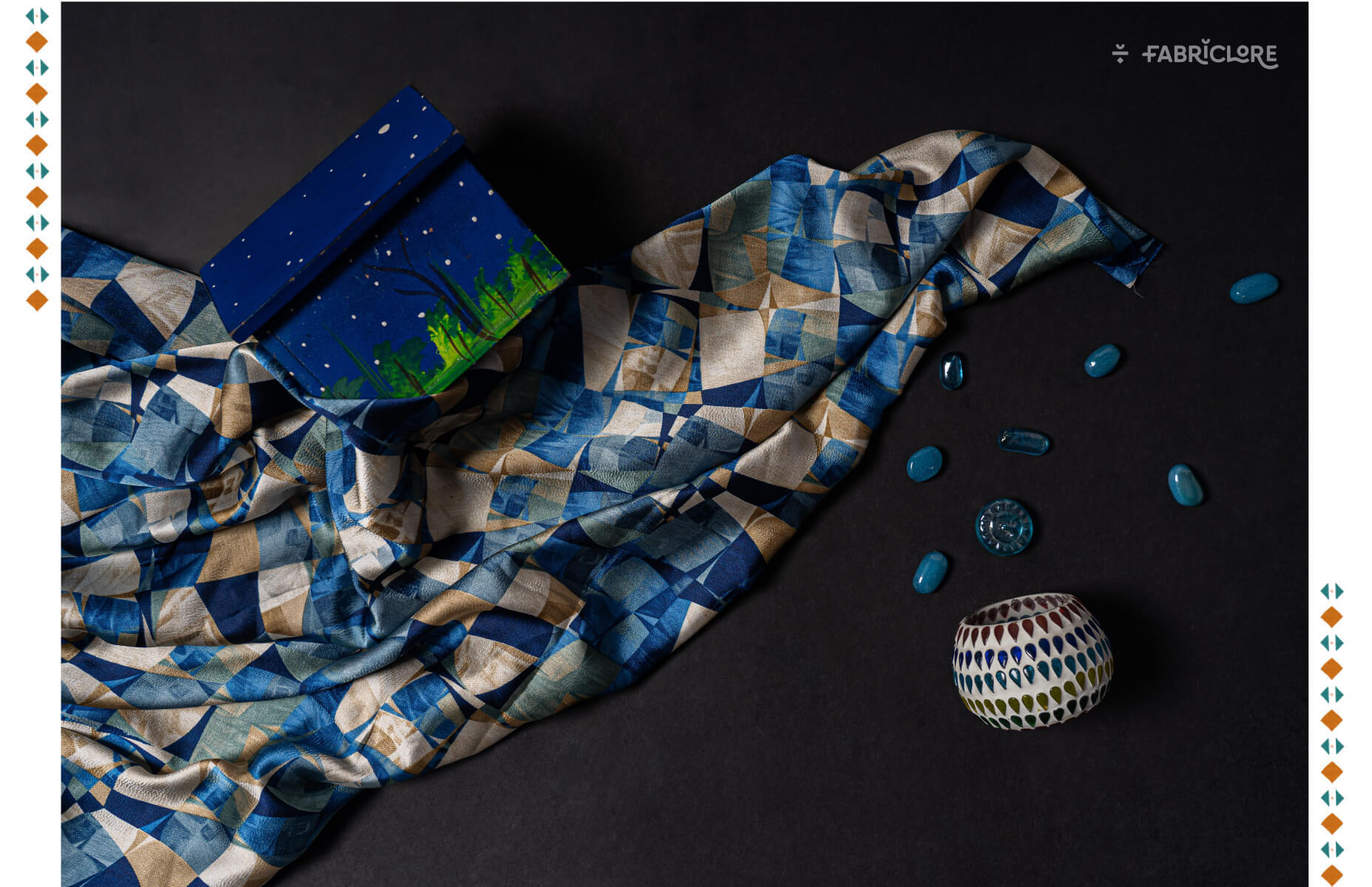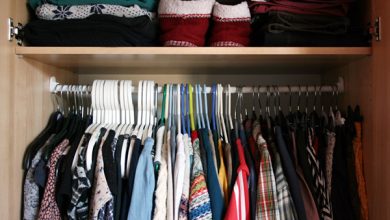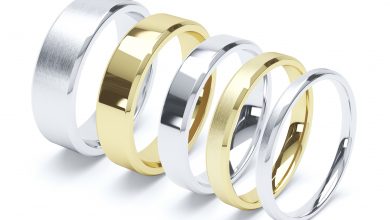The smooth, shimmering fabric known as satin is used for more than simply elegant garments. Beyond bridesmaid dresses and gowns, satin fabrics are produced by fabric manufacturers in India in a wide variety of forms and are used for a variety of purposes. Not the fabric, satin refers to the weave, and most satin fabrics have a smooth, glossy finish that may be found on everything from evening purses to furniture.
Satin: Definition
One of the three main textile weaves, along with twill and plain weave, is satin. The satin weave produces a glossy, supple, elastic fabric with a lovely drape. A silky, glossy sheen on one side and a duller surface on the other define satin cloth. This is a product of the satin weaving process, and a satin weave may take many different forms.
Background of the satin
Silk was the only material used to create satin in medieval China. Satin got its modern name from the Chinese port city of Quanzhou, which in medieval Arabic was known as Zaitun. Through the Silk Road, both the weaving and fabric-making processes spread across the Middle East. Satin was created for the first time in the West in Italy in the twelfth century, and by the fourteenth century, it had spread over all of Europe. In reality, the upholstery on a large portion of the furniture in the Palace of Versaille is satin.
Know the Satin weave
Four or more weft threads placed over one warp thread, or the reverse, four or more warp threads placed over a weft thread, define a satin weave. When weaving, the weft thread or threads are weaved over and beneath the warp threads, which are maintained immobile on the loom.
Different types of satin weave
Long, continuous fibers are used to weave satin, which is determined by the filament’s length rather than the fiber itself. Silk, which is a length of continuous thread extracted from a silkworm’s cocoon, was originally used to create satin. Polyester and rayon, both of which may be produced in the form of long filaments, can also be used to make contemporary satin.
4 harness satin weave: The weft thread crosses three warp threads in the 4/1 satin weave before tucking under one. Compared to a plain weave, where the warp and weft threads cross over at a 1/1 ratio, this is more elastic and has greater stretch.
5 harness satin weave: The only difference between this and the 4 harness type of satin weave is that the weft thread crosses five warp threads before passing below one.
8 harness satin weave: The most adaptable satin weave is the eight-harness weave, which is created by crossing eight warp threads over one weft thread.
Traits of modal satin
Shiny front
Due to the arrangement of the warp and weft threads, satin weaves provide a glossy, silky right side of the fabric and a dull back. Satin has an extremely plush, velvety feel.
Nice drape
Satin weaves provide a silky and effortless drape that makes them perfect for evening wear and curtains due to the concentration of fibers and the fabric’s pliability.
Durable
Satin is stronger than many plain weave textiles because it is made of long filament threads that are woven extremely tightly.
No wrinkles
Compared to other textiles, satin is less likely to wrinkle, and thicker satins are less likely to do so.
Various satin fabric
Antique satin
Antique satin is woven in either a 5 harness or 8 harness pattern using weft threads that are yarns that have been irregularly spun.
Baronet satin
This kind of satin is very glossy and is made using cotton weft and rayon warp threads.
Crepe back satin
Crepe back satin features a reversible crepe texture on one side and a beautiful satin finish on the other.
Charmeuse satin
Charmeuse satin, which derives its name from the French word for “charm”, is very light and has an easy drape. It also possesses the classic features of satin, including a lustrous front and a dull back.
Duchess satin
The duchess satin is thick. It is used for gowns and is often coloured in solid colors. It is stiffer and less lustrous than ordinary satin.
Messaline
This form of satin is very lightweight and has a high shine, and it’s usually woven from rayon or silk.
Polysatin
This is a shorthand for polyester-thread-woven satin.
Application of modal satin
Clothing: Due to its lovely drape and shiny texture, satin is a go-to fabric for evening gowns and wedding dresses.
Home decor: One of the Palace of Versailles’ ornamental furniture pieces was made of satin, which is still used today for chair upholstery, pillow covers, and other forms of cushioned furniture.
Bed sheet: Satin is often used for bed linens because of the flexible and supple weave.
Accessories: Satin is often used to make clutches and evening bags.
Conclusion
Without any doubt, satin is a wonderful and amazing piece of cloth yet delicate in nature. Its shiny front, nice drape and wrinkle resistance qualities made it even more desirable. There are various kinds of satin fabrics that you can opt for your crafting projects. Further, you can use satin for multiple purposes like dresses, home decor, accessories and many more.
To buy authentic and pure quality satin fabric, you do not need to go to different fabric manufacturers in India but you can try fabriclore, India’s leading fabric suppliers.





